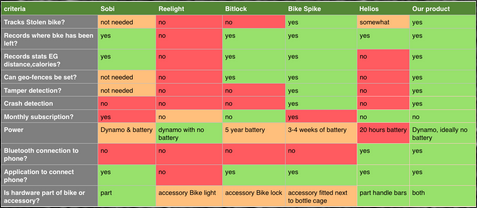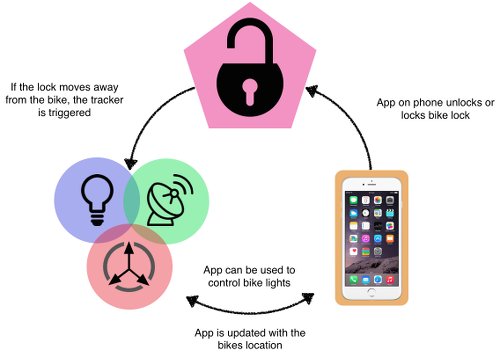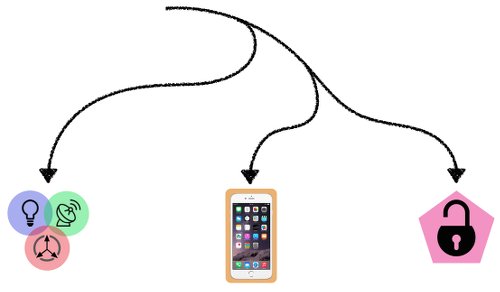- Home
- My Assignments
- Project Management - Complete
- Computer Aided Design - Complete
- Computer Controlled Cutting - Complete
- Electronics Production - Complete
- 3D Scanning and Printing - Complete
- Electronics Design - Complete
- Embedded Programming - Complete
- Computer-controlled Machining - Complete
- Molding and Casting - Complete
- Input Devices - Complete
- Output Devices - Complete
- Composites - Complete
- Networking and Communications - Complete
- Interface and Application Programming - Complete
- Applications and Implications - Complete
- Mechanical and Machine Design - Complete
- Invention, Intellectual Property, and Income - Complete
- Final Project
Website Design
I have had some previous experience designing websites previously but not in the detail that the academy requires. I have previously used Moonfruit to set up a free website; but that doesn't allow one to edit the raw code. To do that, other applications are required. A number were suggested to us such as Seakmonkey and Libre office. I experimented with both and managed to create a rather rudimentary site which you can see below.
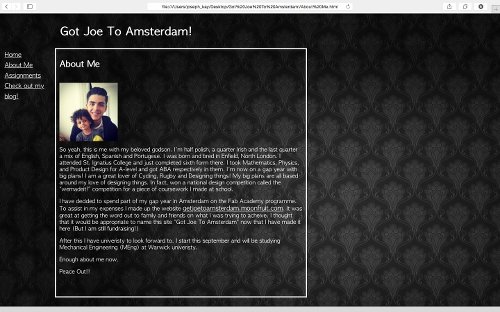
At first I was reasonably happy with this until I discovered parallax, "one-page" websites. These are great as every "page" is attached one after the other and some very beautiful effects can be achieved. So after finding a decent HTML template for a "one-page" website (check it out here). I then tore it up, stripped it down and made it my own. Finally, I arrived at the website you are looking at now, baring a few finishing touches.
One of the finishing touches I wanted to add was a drop down menu. That way the site would remain much cleaner. I was inspired by the video lectures emailed to us to watch on other applications we can use. Brackets was suggested and it is far better than SeaMonkey or Libre Office. It has a much better interface for looking at code, take a look below.
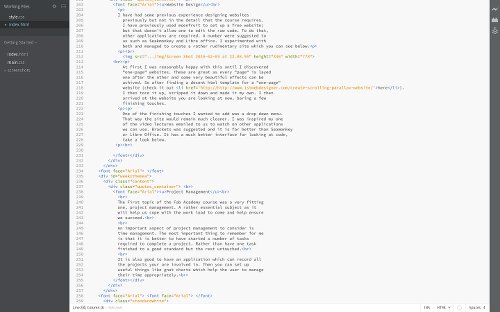
I doesn't have the facility to edit a loaded page, but that encouraged me to learn to type the code. The application colour codes the different functions accordingly to help you read the code better (and in my case, remember it better). It also has a live preview feature which lets you see the page change as you type the code. Again, this is excellent at helping you learn the code. It also suggests code for you and gives definitions.
But yes, back to my original trail of thought! This application coupled with some tutorials on drop down menus helped me do that. It would have been much more of a headache on SeaMonkey. However, I will admit that Seakmonkey is useful for proof reading large amounts of writing like here, but for that only and nothing more. Once one is familiar with HTML code, an application like brackets is essential!
